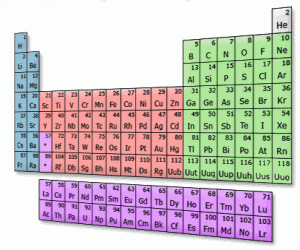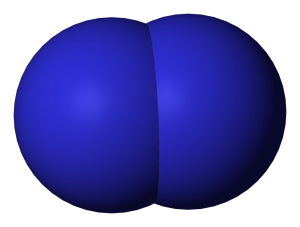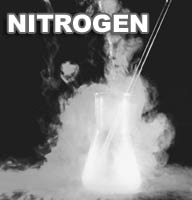 A few weeks ago, we busted two myths about nitrogen tire inflation. Today, we are busting two more (there are quite a bit of myths out there). Since the practice of putting nitrogen in your tires is still new, there’s still a lot of possibility of rumor and falsehoods permeating the scene. Which means, some of us out there need to accept the responsibility of disproving those rumors and dispelling those falsehoods. Here are two more myths, busted:
A few weeks ago, we busted two myths about nitrogen tire inflation. Today, we are busting two more (there are quite a bit of myths out there). Since the practice of putting nitrogen in your tires is still new, there’s still a lot of possibility of rumor and falsehoods permeating the scene. Which means, some of us out there need to accept the responsibility of disproving those rumors and dispelling those falsehoods. Here are two more myths, busted:
1) TIRES FILLED WITH NITROGEN ARE NOT AFFECTED BY TEMPERATURE
This may seem like the case, since that’s one of the reasons why NASCAR and the airline industry use this practice. After all, since both race cars and airplanes travel at fast speeds, the ability for nitrogen-filled tires to retain those speeds without bursting makes it seem like nitrogen isn’t affected by temperature. However, nitrogen and compressed air respond to changes in ambient temperature in a similar manner, a 1.9% change of pressure for every 10F change in temperature. The difference lies in the water present in conventional compressed air, where dew points (the dew point temperature is the temperature at which the air can no longer hold all of its water vapor, and some of the water vapor must condense into liquid water. The dew point is always lower than, or equal to the air temperature) can be as high as 70F, compared with -40F+ for nitrogen. As temperature increases, liquid water vaporizes to become a gas and its volume expands causing tire pressure to be higher than that of nitrogen, which goes into the tire as a dry gas. So, the presence of water in a tire contributes to wild pressure variations as temperatures changes. The bottom line is that you will still see pressure changes with nitrogen, but the pressure doesn’t fluctuate as much as it does with compressed air.
2. LOOK AT THE PERIODIC TABLE. NITROGEN MOLECULES ARE NOT LARGER THAN OXYGEN MOLECULES
The periodic table is separated based on molecular weight, not molecular size. That being said, diatomic nitrogen (N2) is slightly larger than diatomic oxygen (O2), and this difference allows it to fit through the relatively tight passage ways between polymer chains in the rubber. The difference in size between O2 and N2 is almost infinitesimal, only about 0.3 x 1o raised to the -10 meters, or 0.00000000003 meters. Thus, diatomic oxygen permeates approximately three to four times faster than diatomic nitrogen through a typical rubber, such as what’s used in tires. Just because oxygen is heavier than nitrogen, doesn’t necessarily mean that it’s also larger than nitrogen.
Overall, nitrogen tire inflation is an excellent practice that will make your tires and driving safer and cheaper in the long run. Since this is something that is still new, there’s going to be plenty of people who don’t believe in the benefits and aren’t going to find this worthwhile. However, many have found this practice to be beneficial and to make a difference with their cars and with their wallets.








